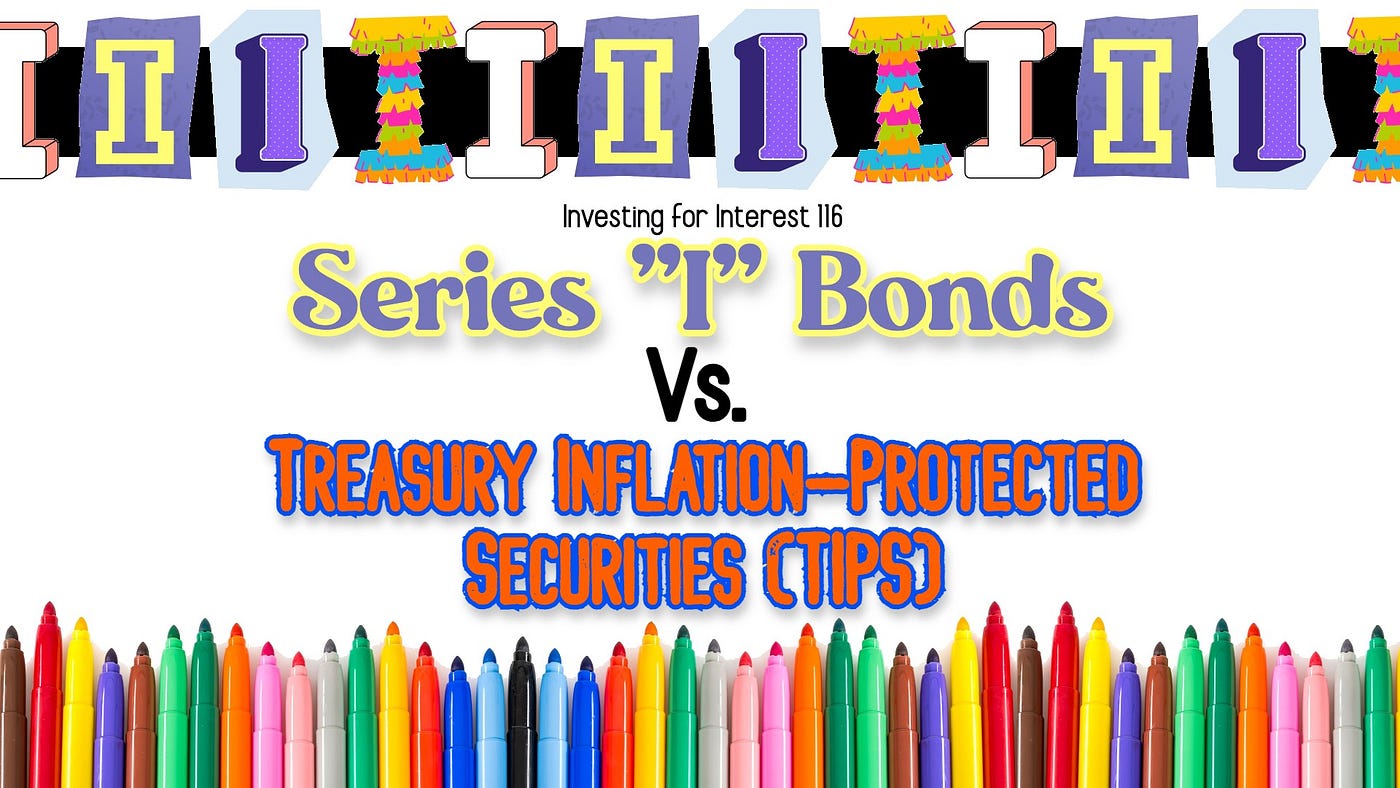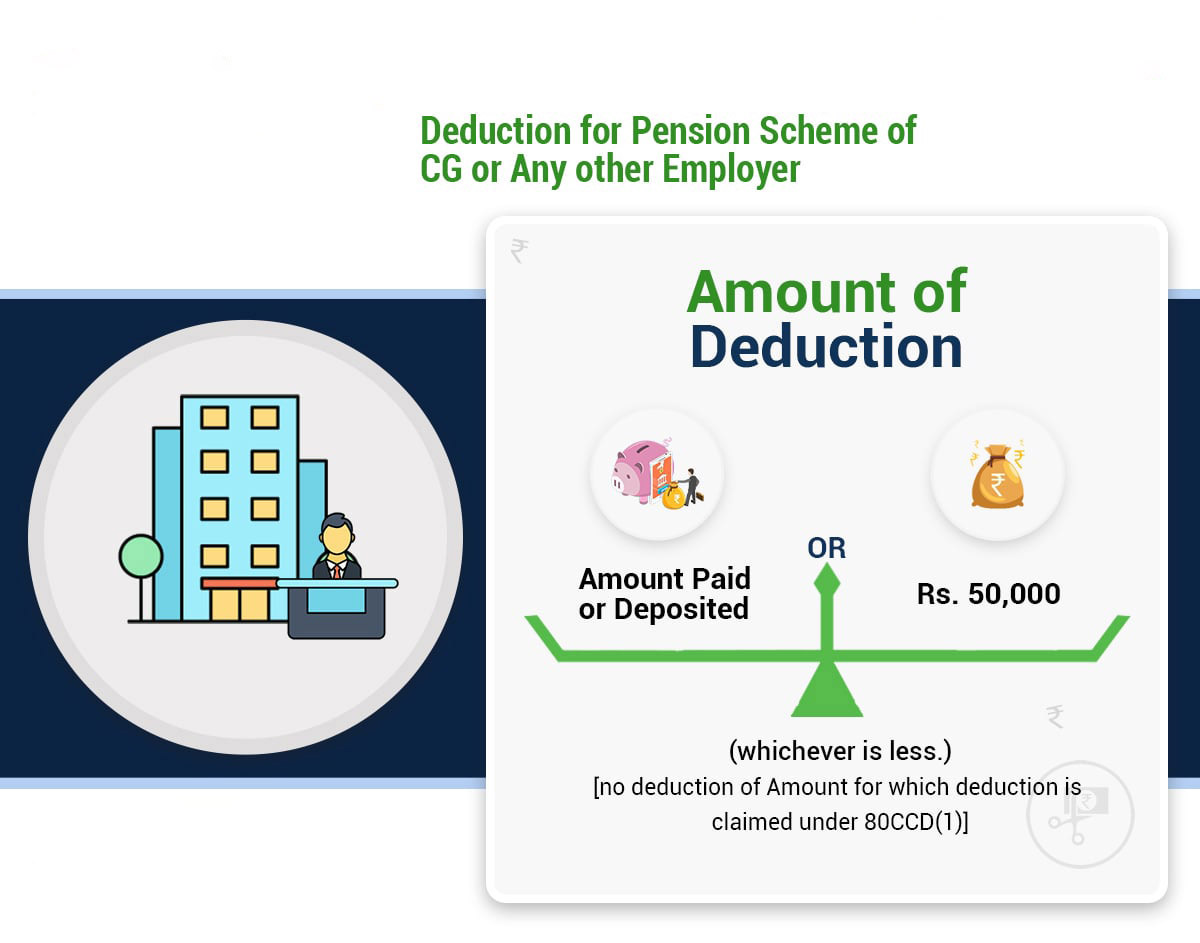

Finance
What Is The Tip Credit
Published: January 12, 2024
Discover the tip credit and its significance in the finance industry. Gain insights on how this financial strategy can impact businesses and employees.
(Many of the links in this article redirect to a specific reviewed product. Your purchase of these products through affiliate links helps to generate commission for LiveWell, at no extra cost. Learn more)
Table of Contents
Introduction
When it comes to compensating workers in the service industry, there are various methods used by employers to determine their wages. One such method is the tip credit, which has been a topic of discussion and debate in the finance world.
Simply put, tip credit refers to a system where employers are allowed to pay their employees a lower minimum wage and make up the difference with tips received from customers. It is a practice that is commonly seen in restaurants, bars, hotels, and other establishments where tipping is customary.
This article aims to provide a comprehensive understanding of tip credit, exploring how it works, its pros and cons, the relevant laws and regulations, and its impact on both workers and employers. Additionally, we will delve into the criticisms and controversies surrounding tip credit, and discuss alternative approaches to compensating service industry employees.
By gaining insight into the intricacies of this payment system, we can better understand its implications within the finance industry and devise strategies for more equitable compensation practices.
Definition of Tip Credit
Tip credit is a legal provision that allows employers in certain industries, such as the service industry, to pay their employees a lower minimum wage, also known as the tipped minimum wage, and utilize the tips received by the employees to make up the difference in their overall compensation.
According to the Fair Labor Standards Act (FLSA) in the United States, the federal tipped minimum wage is set at $2.13 per hour, provided that the employee’s tips combined with the base wage amount to at least the regular minimum wage, which is currently $7.25 per hour. If the employee’s tips fall short, the employer is required to make up the difference to ensure the employee is receiving the minimum wage.
It is important to note that tip credit is not applicable in all states or countries, as each jurisdiction has its own regulations and minimum wage laws. Some states have higher tipped minimum wage rates, while others prohibit tip credit altogether, requiring employers to pay their employees the full minimum wage regardless of tipped earnings.
The purpose of tip credit is to recognize that employees in the service industry traditionally receive tips as a significant portion of their income. By allowing employers to pay a lower base wage and make up the difference with tips, it is intended to strike a balance between the employer’s burden of higher wages and the employee’s potential for higher earnings through gratuities.
It is worth noting that tip credit only applies to employees who regularly receive tips from customers. This typically includes positions such as waitstaff, bartenders, bellhops, and valets, among others. However, it does not extend to employees in non-tipped roles, such as cooks, dishwashers, and janitors, who must be paid at least the regular minimum wage without the consideration of tips.
Overall, tip credit serves as a mechanism to establish a wage structure for tipped employees that balances the financial responsibilities of employers while acknowledging the unique earning potential presented by tips.
How Tip Credit Works
Understanding how tip credit works requires examining the process from both the employer’s and employee’s perspectives.
From the employer’s standpoint, tip credit allows them to pay a lower cash wage to their employees, as long as the employees receive enough tips to make up the difference between the cash wage and the regular minimum wage. For example, if the regular minimum wage is $10 per hour and the tipped minimum wage is $2.13 per hour, the employer can pay their employees $2.13 per hour and use the tips to reach the $10 per hour minimum.
However, it’s important to note that if an employee’s tips do not add up to at least the regular minimum wage, the employer is required by law to make up the difference to ensure the employee is not being paid below the minimum wage. This is known as the “tip credit shortfall.” Failure to do so would result in the employer violating labor regulations.
Employees, on the other hand, rely on customer tips to supplement their wages. The tips they receive from patrons are added to their cash wage to reach the total compensation required by law. In some cases, employees may participate in a tip pooling or sharing system, where tips are pooled and distributed among a group of workers based on a predetermined formula.
It is crucial to note that tip credit is contingent upon accurate reporting of tips by the employees. The law requires employees to report their tips to their employers, who in turn are responsible for keeping accurate records. This is essential for maintaining transparency and ensuring employees are adequately compensated.
Furthermore, it’s necessary for employers to comply with additional requirements regarding tip credit. For example, they must inform their employees of the amount of tip credit they will be using and notify them of their rights under the law. Employers must also maintain proper records of tips, wages, and other relevant information for auditing purposes.
Overall, tip credit functions as a mechanism that enables employers to pay a lower cash wage to employees who receive tips, as long as the tips, when combined with the cash wage, meet or exceed the regular minimum wage set by law.
Pros and Cons of Tip Credit
Like any other payment system, tip credit comes with its own set of advantages and disadvantages. Let’s explore the pros and cons of tip credit:
Pros:
- Flexibility: Tip credit provides flexibility for employers in the service industry to structure wages, as it allows them to pay a lower base wage and rely on customer tips to make up the difference. This can be especially beneficial for small businesses with limited financial resources.
- Potential for higher earnings: Tipped employees have the potential to earn significantly more than their base wage through tips. This can provide them with a financial incentive to deliver exceptional service and excel in their roles.
- Lower labor costs: Tip credit can help employers lower their labor costs, as they are not solely responsible for paying their employees the full minimum wage. This can be particularly advantageous in industries where profit margins are often slim.
- Customer satisfaction: The tipping system encourages exceptional customer service, as employees are motivated to provide excellent experiences to increase their tips. This can lead to higher customer satisfaction and repeat business.
Cons:
- Income instability: Relying on tips as a significant portion of income can lead to income instability for workers. Factors such as seasonality, shifts in customer behavior, or economic downturns can result in unpredictable earning fluctuations.
- Exposure to biases: The tipping culture can expose employees to biases and discrimination based on factors such as race, gender, or appearance. Studies have shown that certain individuals may receive higher tips based on social or demographic factors, leading to potential inequalities in earnings.
- Income inequality: The reliance on tips can contribute to income inequality, as some tipped workers may earn significantly more than non-tipped workers who perform essential roles within the same establishment.
- Vulnerability to abuse: Tipped employees may experience higher vulnerability to workplace abuse or mistreatment, as their income can be heavily influenced by the perceptions and attitudes of customers. This can create power imbalances and make it challenging for employees to assert their rights.
These pros and cons highlight the complex nature of tip credit as a payment system. While it offers benefits such as flexibility and earning potential, it also brings about challenges such as income instability and potential inequality. Understanding these pros and cons is crucial in evaluating the overall impact of tip credit and determining whether alternative compensation methods may be more appropriate in certain scenarios.
Laws and Regulations Regarding Tip Credit
The use of tip credit in compensating employees is subject to specific laws and regulations to protect the rights and interests of both employers and workers. Understanding these laws is essential for ensuring compliance and fair treatment within the service industry.
In the United States, the Fair Labor Standards Act (FLSA) governs the regulations surrounding tip credit. Some key provisions include:
Tipped Minimum Wage:
The FLSA sets the federal tipped minimum wage at $2.13 per hour, provided that the employee’s tips, when combined with the cash wage, equal at least the regular minimum wage. If the employee’s tips fall short, the employer must make up the difference.
Notice and Certification:
Employers are required to inform employees of the amount of tip credit being used in their compensation and provide a clear breakdown of their wages. Additionally, employers may require employees to sign a tip credit certification, acknowledging their understanding of the employer’s use of tip credit.
Record-Keeping:
Employers must keep accurate records of tips received by employees, as well as the hours worked, wages paid, and other relevant information. This information is important for audits and to ensure compliance with tip credit regulations.
Service Charges vs. Tips:
It is important to distinguish between mandatory service charges and voluntary tips. Service charges, which are automatically added to a customer’s bill, are considered employer revenue and cannot be used as part of the tip credit. Only tips voluntarily left by customers can be utilized in tip credit calculations.
It’s important to note that tip credit laws can vary from state to state within the United States, as some states have different tipped minimum wage rates or prohibit tip credit entirely. Employers and employees must familiarize themselves with the specific laws and regulations of their location to ensure compliance.
Beyond the United States, other countries have their own regulations regarding tipping and tip credit. It’s crucial to research the laws specific to the jurisdiction in question to ensure compliance and fairness in compensating service industry employees.
Complying with these laws and regulations is essential for employers to avoid legal repercussions and for employees to assert their rights. Employers should stay updated on any changes in tip credit laws and educate their employees on their rights and entitlements to maintain a transparent and compliant work environment.
Impact of Tip Credit on Workers and Employers
The implementation of tip credit has distinct effects on both workers and employers within the service industry. Let’s explore the impact from both perspectives:
Workers:
Earning Potential: Tip credit provides an opportunity for tipped employees to earn a higher income through tips. Depending on the establishment and customer behavior, tips can significantly supplement their base wage, potentially leading to higher overall earnings compared to non-tipped industries.
Income Volatility: Tipped employees often experience income volatility due to fluctuations in customer behavior, seasonality, or economic factors. This can make it challenging to predict and plan for financial stability and may require budgeting skills to navigate periods of lower income.
Inequality in Earnings: The reliance on tips can contribute to income inequality within the service industry. Some tipped workers, such as waitstaff or bartenders, may earn more than non-tipped workers, such as cooks or dishwashers, leading to potential disparities in earnings among employees within the same establishment.
Customer Service Focus: The tipping system incentivizes exceptional customer service, as employees understand that their tips are directly tied to the quality of service they provide. This focus on customer satisfaction can contribute to a positive customer experience and potentially increase tips received.
Employers:
Labor Cost Management: Tip credit allows employers to manage their labor costs more effectively, as they can pay a lower base wage and rely on customers’ tips to make up the difference. This can be particularly beneficial for small businesses with limited financial resources.
Flexibility in Wage Structure: Tip credit provides employers with flexibility in structuring wages. By utilizing tip credit, employers can allocate resources differently, potentially investing in other areas of their business or offering competitive pricing to customers while still meeting minimum wage requirements.
Impact on Hiring and Retention: The potential for higher earnings through tips can attract individuals to work in the service industry. The allure of earning more than the minimum wage can contribute to a pool of candidates willing to work in tipped positions, enhancing the availability of skilled workers for employers to choose from.
Challenges in Compliance: Employers must navigate and comply with the complex regulations surrounding tip credit, including tracking and reporting tips accurately, maintaining proper records, and ensuring employees receive the appropriate compensation. Failure to comply can result in legal consequences and damage the reputation of the establishment.
Overall, tip credit has a significant impact on both workers and employers in the service industry. While it offers earning potential and flexibility for workers, it also presents challenges such as income volatility and potential inequality. Employers benefit from cost management and flexibility, but must also navigate compliance issues. Understanding these impacts is crucial for stakeholders to make informed decisions and work towards a fair and sustainable compensation system.
Criticisms and Controversies Surrounding Tip Credit
The practice of utilizing tip credit in the service industry is not without its share of criticisms and controversies. Let’s explore some of the key points of contention surrounding tip credit:
Income Instability:
One of the main concerns raised about tip credit is the inherent income instability it can create for workers. Relying on tips for a significant portion of income makes earnings unpredictable, as factors like seasonality, shifts in customer behavior, or economic downturns can lead to fluctuations in tipping patterns. This instability can make it challenging for workers to plan their finances and can contribute to financial stress.
Power Dynamics and Discrimination:
Another criticism revolves around the power dynamics and potential for discrimination within a tipping system. Tipped employees may be subjected to biases based on factors such as race, gender, or appearance, leading to disparities in earnings. Research has shown that certain individuals may receive higher tips based on social or demographic factors, which can perpetuate inequalities in the workplace and society at large.
Exploitation and Wage Theft:
Some argue that tip credit can enable exploitation and wage theft, particularly when employers fail to properly track and distribute tips. Tipped employees may not receive their full entitled compensation, either due to inaccurate reporting or employers not making up the difference when tips fall short of the regular minimum wage. This can result in employees being underpaid and struggling to make ends meet.
Inequality within the Workplace:
The practice of tip credit can contribute to income inequality within the service industry. Tipped workers, such as waitstaff and bartenders, often earn significantly more than non-tipped workers, such as cooks or dishwashers, who may perform equally essential roles. This disparity in earnings can create a sense of unfairness and division within the workplace.
Missed Retirement and Benefits Opportunities:
Since tips are not considered part of an employee’s base wage, workers who solely rely on tips may miss out on retirement contributions and benefits typically associated with regular wages. This can have long-term implications for their financial security and well-being once they reach retirement age.
These criticisms highlight some of the controversies surrounding the use of tip credit in the service industry. Evaluating and addressing these concerns is crucial to creating a fair and equitable compensation system that supports the well-being of all workers while also considering the economic realities faced by employers.
Alternatives to Tip Credit
Given the controversies and criticisms surrounding tip credit, there has been increasing advocacy for alternative approaches to compensate workers in the service industry. Here are a few alternative methods that have been proposed:
Eliminating the Tipped Minimum Wage:
One alternative is to eliminate the concept of a separate tipped minimum wage and ensure that all workers, regardless of their occupation, are paid the same minimum wage. This approach aims to reduce income disparities among employees and provide a more equitable compensation structure.
Service Charge instead of Tips:
In this model, establishments implement a mandatory service charge that is automatically added to the bill. This service charge would be distributed among all employees, ensuring that all staff members receive a fair share, including those in non-tipped roles. This removes the uncertainty of tip income and provides a more stable and consistent source of compensation.
Gratuity-Inclusive Pricing:
Rather than relying on customer tips, establishments can adopt a gratuity-inclusive pricing model, where the cost of service is factored into the menu or service prices. This would allow for a more transparent and predictable system, ensuring that all employees receive a fair wage while minimizing the potential for discrimination or biases in tipping.
Revenue Sharing:
Another alternative is a revenue-sharing model, where a percentage of the establishment’s revenue is set aside and distributed among employees. This method ensures that employees are compensated based on the overall success and profitability of the business, promoting a sense of collective ownership and shared success.
Career Development and Benefits:
Rather than solely focusing on tip-based compensation, employers can invest in career development programs and provide robust benefits packages to attract and retain high-quality employees. This approach emphasizes a commitment to the overall well-being and professional growth of workers, ensuring a more secure and rewarding career path.
These alternatives seek to address the issues associated with tip credit by promoting more equitable compensation structures, reducing income disparities, and providing greater stability for workers. Each alternative has its own advantages and challenges, and the implementation would require careful consideration of industry-specific factors and stakeholder input.
Conclusion
The use of tip credit in the service industry has long been a topic of discussion and controversy. While it offers benefits such as flexibility for employers and the potential for higher earnings for workers, it also brings about challenges such as income instability and disparities in earnings. Understanding the various perspectives and impacts of tip credit is crucial for stakeholders to make informed decisions and work towards a fair and sustainable compensation system.
It is important for lawmakers and regulators to consider the criticisms surrounding tip credit, including income volatility, potential discrimination, and income inequality. Alternatives such as eliminating the tipped minimum wage, implementing service charges or gratuity-inclusive pricing, exploring revenue-sharing models, and prioritizing career development and benefits should be examined to create a more equitable compensation structure.
However, any changes to the current system must also consider the economic realities faced by employers, especially small businesses. Striking a balance that ensures fair wages for employees while preserving the viability of businesses is crucial.
Ultimately, the goal should be to create a compensation system in the service industry that is transparent, equitable, and supportive of both workers and employers. This can be achieved through a combination of thoughtful regulation, industry-wide collaboration, and ongoing dialogue between stakeholders.
By continuously evaluating the impacts of tip credit and exploring alternative approaches, we can move towards a more inclusive and just system that recognizes the value of all workers in the service industry.














